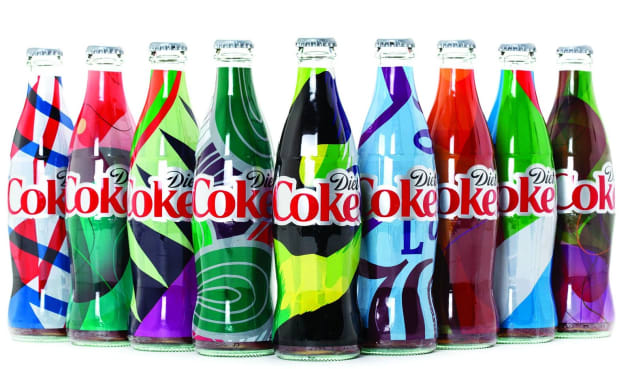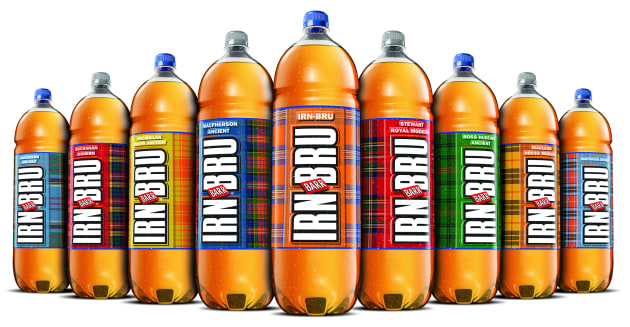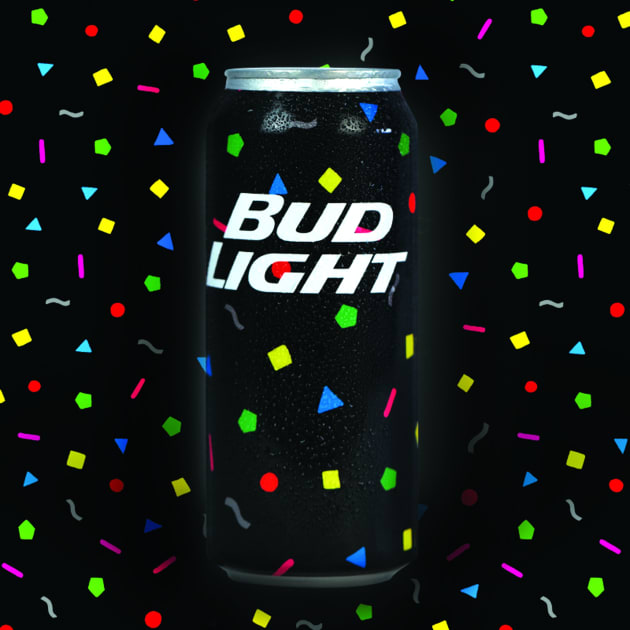In brand packaging, the last few years has some ‘bold’ and ‘smart’ ideas taking advantage of the creative possibilities digital presents. We look at some iconic case studies.
The much-cited example that’s now at risk of becoming cliché is Share a Coke, which global brand design guru Silas Amos says was “arguably the tipping point when digital as a creative opportunity on pack registered for many of us”, when the concept of limited edition took the leap to ‘limitless’.
The best part of the Share a Coke story is that it began in Australia as an initiative to connect with young consumers who had stopped ‘feeling the love’ for the brand. The rest is history. The campaign has now been repeated in over 35 countries and led to a worldwide four per cent rise in sales in those markets. Massive, if you consider the volumes involved.
Amos sums it up well: “Share A Coke is regarded as a watershed moment in branding, when design and advertising collided; when personalisation became mainstream, when a global Goliath became nimble and quick-footed simply by embracing a new and agile technology.”
He also makes the point that the idea of personalisation was not new when Coke adopted it, but it was an idea waiting for its time and technology to arrive.
Well, now that technology is here, and brands are following Share A Coke’s lead in quick succession.
In Israel, Coca-Cola took personalisation a step further in its Stay Extraordinary campaign for Diet Coke, producing two million unique patterned bottles using HP’s Mosaic software.
The campaign was supported with personalised digitally printed t-shirts, bags and ipod cases to match the consumer's unique design and produced 'live' in retail outlets alongside the bottles.
Irn-Bru, the most popular soft drink in Scotland, used digital printing to cement its market leading position using a limited edition label.
For a three-month period, the distinctive blue and orange labels of Irn-Bru were replaced with the tartans of the 57 clans in Scotland – giving Scots a chance to celebrate their heritage. A simultaneous social media campaign – Bru's Your Clan? – invited consumers to find their own clan tartan in the limited edition set.
Amos, who was involved in the project, says it went from idea to shelf in a couple of weeks, and lifted sales by 18% and website traffic by 185%.
In the USA and Canada, Anheuser-Busch’s brand Bud Light adopted the HP Mosaic algorithm to create 200,000 unique artworks that were shrinkwrapped on Bud-Light cans for a music festival series. The pilot scheme was designed to amplify the brand’s spontaneous ‘anything goes’ image.
The magic word, Amos says, is “pilot scheme” – digital print opens the door to trialling on a short or moderate run, allowing the brand owner to figure out what resonates, and then scale it up.









